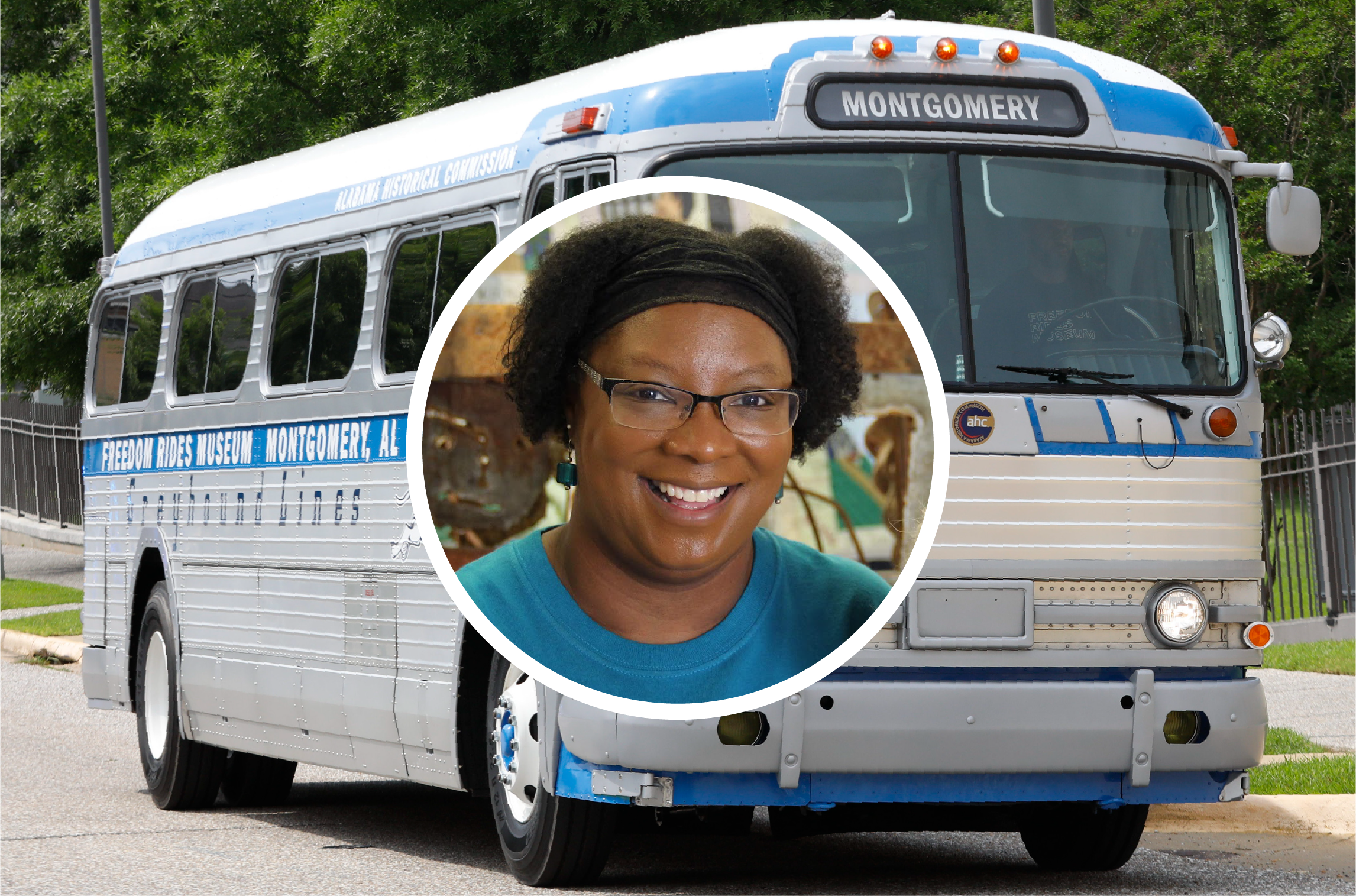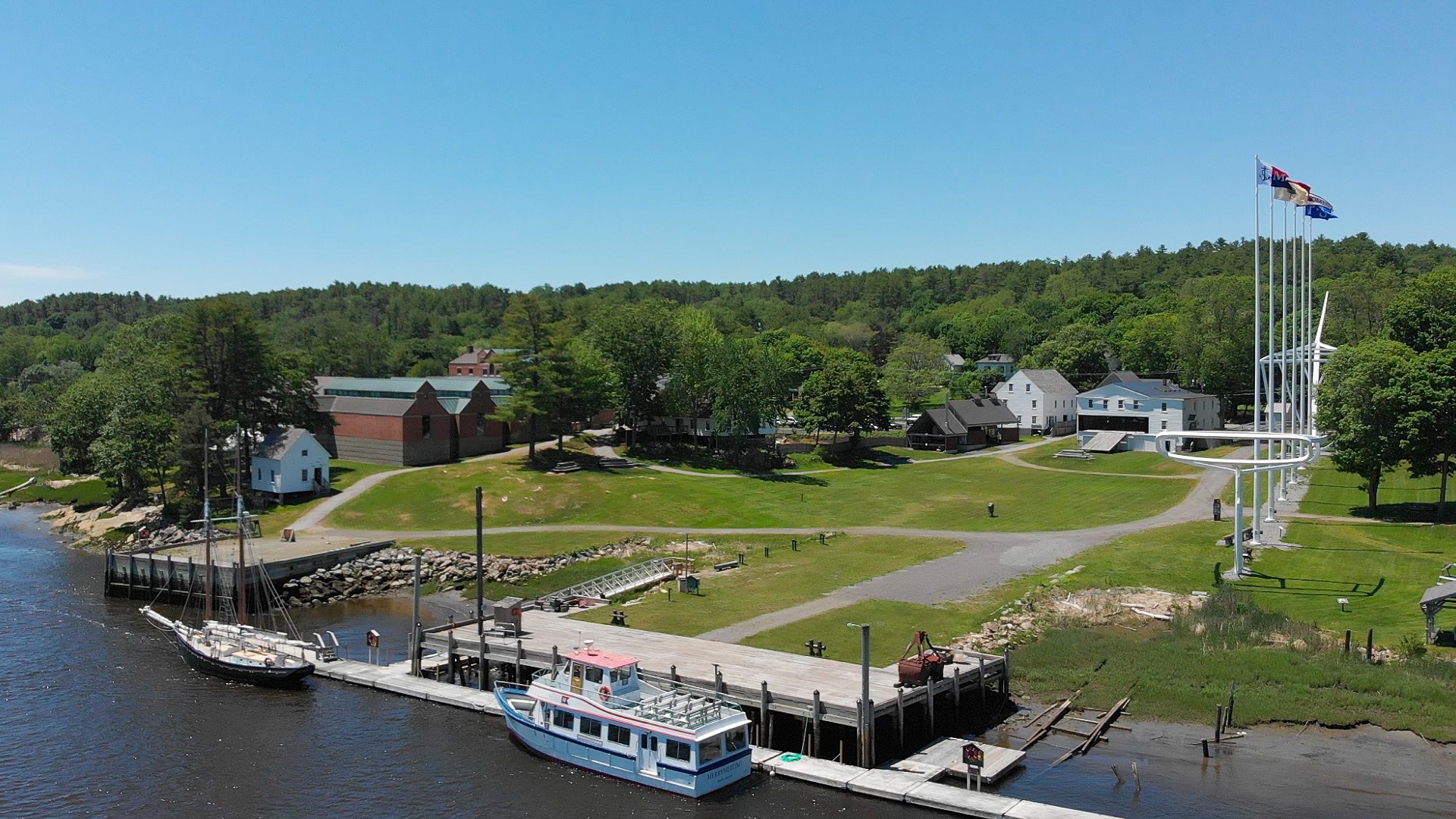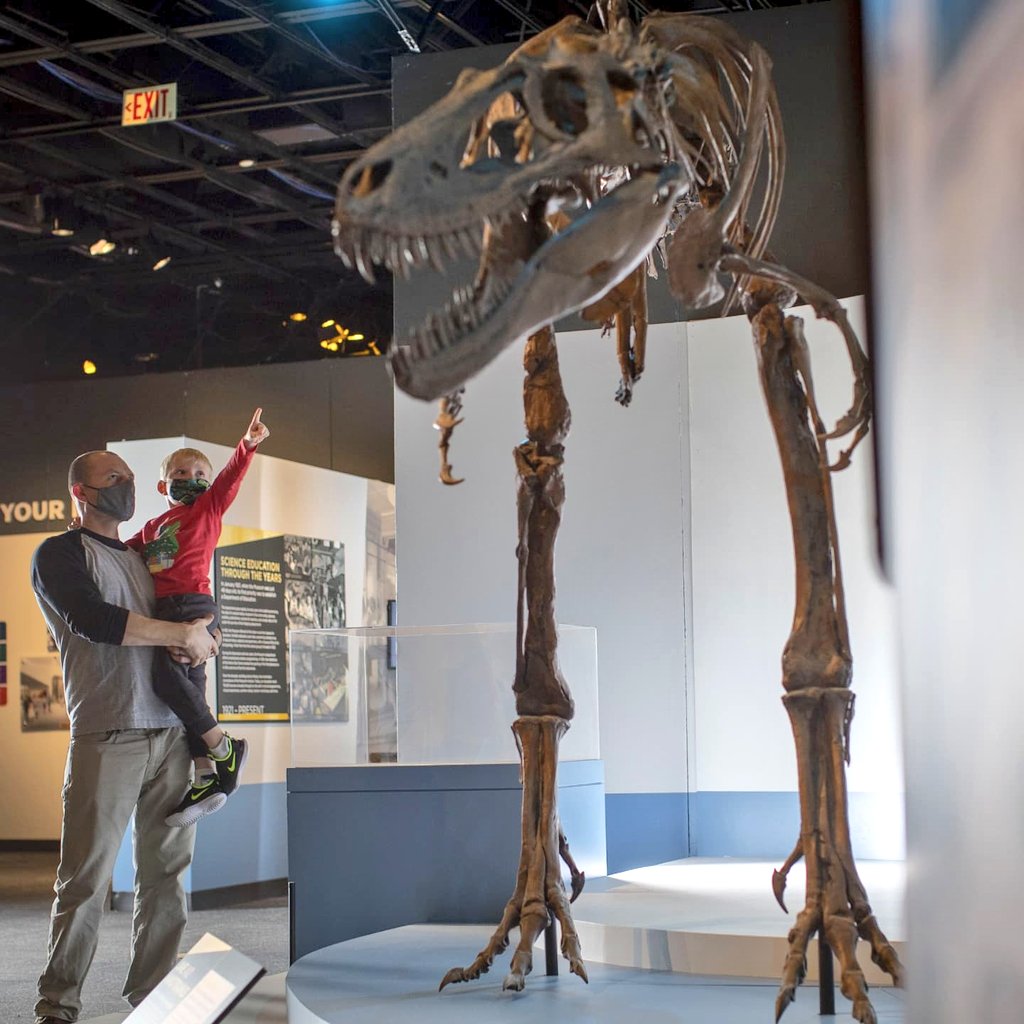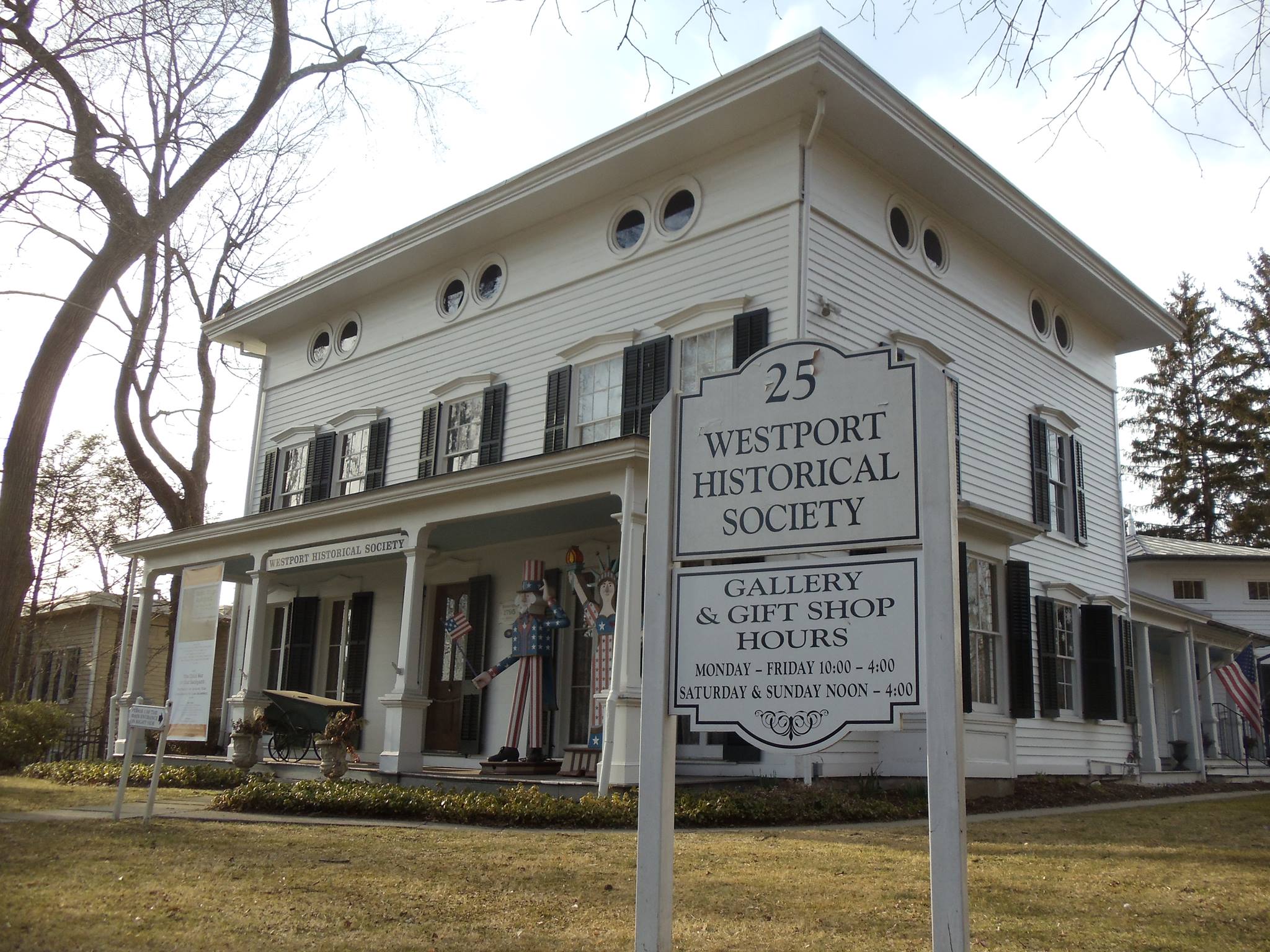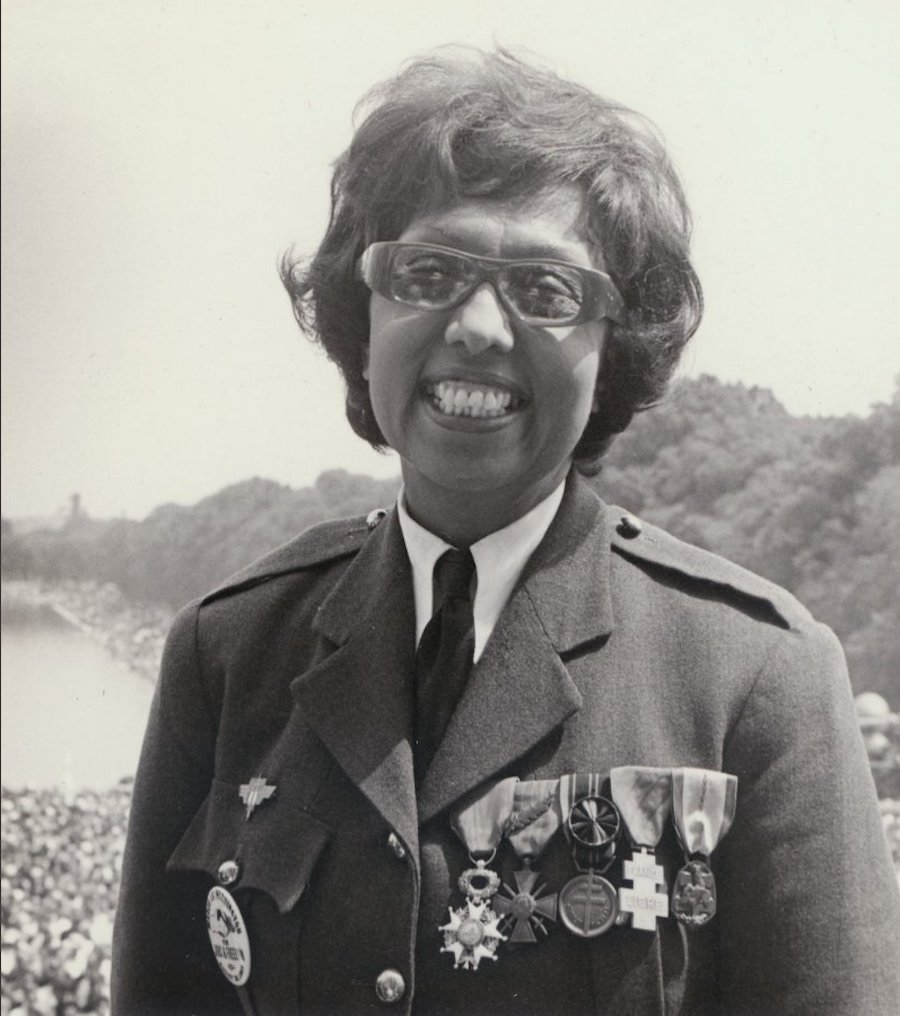The Plywood Project

In Manhattan’s Harlem neighborhood, two new collaborative murals for the Sugar Hill Children’s Museum of Art & Storytelling were unveiled this weekend. The monumental works by nine New York artists are symbols of protest for racial justice—connecting imagery from the late Dominican-American activist Carlos Cooks to today’s Black Lives Matter movement—and the disproportionately devastating effects the coronavirus pandemic has had on communities of color. Standing behind the museum’s glass walls, the murals will span 30 and 40 feet wide, respectively, on a material that’s gained new meaning at this juncture in history: plywood.
The murals were commissioned by local nonprofit Broadway Housing Communities with Rio Galleries and the Plywood Project, a new organization inspired by the plywood panels covering storefronts that had closed down at the beginning of quarantine. For both activists and street artists, these panels quickly became “canvases for art” in the movement for justice for George Floyd, according to cofounder Eve Moros Ortega, as both activists and street artists covered them in striking messages and imagery.
Inspired by these works, the Plywood Project was created as a consortium of private, public, and nonprofit entities to commission new works and “drive resources to artists and community organizations of color,” Moros Ortega says. Its goal is not only to mobilize art as a vehicle for “conversations, awareness, storytelling, and empathy,” she adds, but also as a source of economic value. By working on plywood (“or any other removable material,” she says), artists are able to maintain their work as physical property to be exhibited or sold as they choose. Working with the Artists Rights Society, an organization that monitors unauthorized reproductions on their members’ behalf, The Plywood Project protects ownership over intellectual property as well.
Read the full article here.




